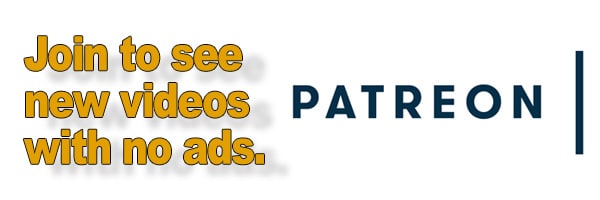As an Amazon Associate DcSoundOp earns from qualifying purchases.
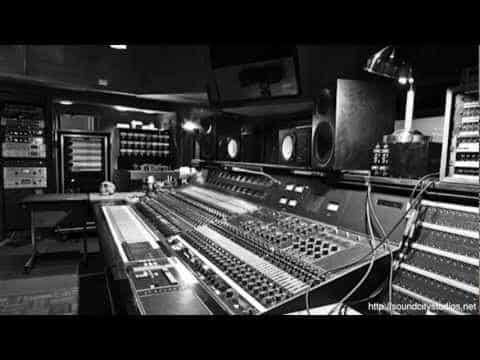
It’s 1992, Nirvana’s Nevermind is topping the Billboard Charts, Frusciante is bailing out of the Peppers and November Rain has us all fooled into thinking that Axl Rose might actually be cool for a few minutes. The ADAT has hit the market and the race is on across the country to setup a project studio in any spare bedroom, basement alcove or loft space musicians could get their hands on. Clearly the home or “project” studio already existed, but until this point, the distance between those with consumer grade multitrack gear and the few who could afford to own and operate real pro quality multi-track gear was massive. Not too many folks had the physical space or budget to own a 16 or 24 track Reel-to-Reel, let alone the technical know-how and time to maintain and operate one with any degree of reliability. Add to this the issue that a top quality 2″ reel of tape could run you a few hundred bucks, and home multi-track recording just really hadn’t hit it’s stride.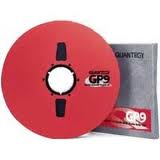
-To record on a pro-grade 16 track machine using 2″ Tape, you would be looking at roughly $160 for a 2500′ reel of Quantegy GP9 back in 1992. With that, you would get thirty minutes of recording time at 15ips or fifteen minutes of record time at 30ips (higher fidelity). So, you’re getting two or three average length songs for $160. For a ten song album (75 minutes total record time), you could be spending as much as $800 in tape depending on the length of each individual song. [2012 retail prices for the same tape are as high as $350, putting potential costs up to $1750 for this example project.]
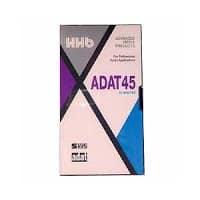 -To record the same ten songs (75 minutes record time) with a 16 track ADAT setup, you could grab four 45 minute S-VHS tapes for right around $50 and you’d have 90 minutes of 16 track record time to work with. The price of ADAT tapes, while they are less commonly found now in retail stores, has not increased as of 2012, and tapes are readily available through online retailers.
-To record the same ten songs (75 minutes record time) with a 16 track ADAT setup, you could grab four 45 minute S-VHS tapes for right around $50 and you’d have 90 minutes of 16 track record time to work with. The price of ADAT tapes, while they are less commonly found now in retail stores, has not increased as of 2012, and tapes are readily available through online retailers.
These numbers are not intended to suggest that recording to analog tape is not worth the cost, or that ADAT is a better choice or even a (sonic) replacement for 2″ analog tape; but simply that the economics of high quality analog tape recorders were not in the favor of the home project studio. ADAT came along and made high-quality multi-tracking a reality at the project studio level. Those who had been honing their audio skills on cassette based porta-studios and other consumer grade multi-track machines, could now get serious about their sound for a price never before thought possible. Looking back on this now, forking over the $199 fee for a full blown download of LogicPro in the Apple App store, seems like a ridiculously good deal all of a sudden.**
The Alesis ADAT offered pro-quality digital recording in a scalable, reliable and easy to operate format, utilized readily available (cheap) media and did it all at a price point that was within reach of massive numbers of recording enthusiasts. In the coming years, the flood of products that would follow to market would forever change the Pro-Audio landscape. Pro-Audio companies around the country and around the world took up the arms race, pushing themselves to develop new and innovative products to help outfit the growing project studio culture. New companies were sprouting up all around to meet the heavy demand for new (digital) audio technology. The resulting competition amongst manufacturers continues to this day, continually raising the bar of quality while lowering the cost per track to record high quality audio.
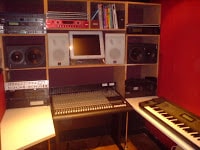
The popularity of the 1990’s ADAT-centric project studio soon created a growing demand across the board for new solutions to old problems. With a popular configuration for many home studios being a pair of ADAT machines, allowing 16 tracks of high quality recording, the ability to record and playback these tracks simultaneously presented a need for an affordable, reasonably sized, reasonably priced mixing console for the home recording studio. Greg Mackie would answer the call with the introduction of the Mackie 8-Bus Series of consoles, tailor made for the project studio market, these consoles offered all of the features needed in a small project studio. The consoles were offered in frame sizes including sixteen, twenty four or thirty two channels, along with side-car expansion models, making them easily scaleable for a growing project studio. Many more similar consoles would be introduced over the following years, including the popular Soundcraft Ghost line, the GS series mixers by Allen & Heath, and even Alesis would get in the game with their Studio 24 & 32 (small format) studio consoles. Yamaha would push the industry even further in 1994 with the release of the ProMix01, the first affordable digital mixing console available to the small studio market.
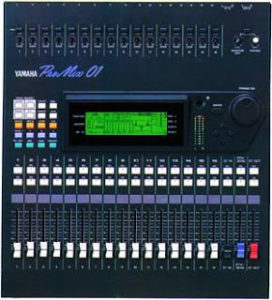
With affordable mixing consoles now within reach, outboard equipment and effects would be the next market boom to come. Alesis had started the movement with their digital effects processors back in the mid 80’s and other manufacturers were quick to follow suit. The standard outboard gear in a project studio might include some compressors, gates, reverbs, effects processors, graphic and parametric equalizers, outboard mic pre-amps and standalone channel strip units that included a mixture of the above features. Although these were all items that were available in the pro-audio market, they too were cost prohibitive for the home studio environment and left ample room at the lower end of the market for different companies to develop new products that offered more functionality at a fraction of the cost of traditional pro-level gear.
In 1995, PreSonus would emerge as one of these new companies, launching it’s DCP-8 digital dynamics processor. This unit, although ahead of it’s time and under-appreciated when released, gave a glimpse of what would be possible in the years to come with affordable digital audio technology. The ability to have eight compressors, eight gates, eight automated fader channels, eight limiters and eight channel mutes all controlled digitally and crammed into a single rack space, for under $1000 was just hard to comprehend at the time. As a result of it’s incredible dep

th, and it’s menu driven UI, the DCP-8 was not very popular in it’s day. (I remember quite well my first attempt at automating a mix using the newly released DCP-8… intimidating is a word that comes to mind, menu driven user interfaces are one thing, but so much processing power being accessed through a two line LCD screen, left ample opportunities for hair pulling and frustration. The comps and gates in the unit were quite easy to work with however, and proved to be helpful in many situations.) A year later in 1996, PreSonus would release the ACP-8 and later in 97′ the ACP-88 ($699) both featuring eight channels of compressors and gates with familiar analog controls in a roomy three rack space layout. The ACP-88 was an instant hit in the home recording market and is continued in production to this day.
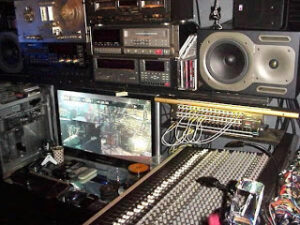
This widespread acceptance of new technology would make it increasingly easier for musicians, producers, voice-over artists, movie score composers, directors and sound editors to collaborate and work together with a newfound ease and speed. This way of working would continue to lend itself more and more to moving out of the big production studios and into the comfortable home environment where each person could create a workflow that was custom fit to their individual needs. In addition to the noted Alesis and PreSonus products, companies including Yamaha, Aphex, Art, Peavey, DBX, Lexicon, TC Electronics, DOD, Eventide and later on Behringer would all bring truckloads of new products into the affordable audio market. The selection of capable gear had never before been this large, and the prices just kept getting better. The launch of the ADAT set much of this in motion, but as the years moved by, it was the concept that prevailed and left a lasting impression on the audio industry. New multi-track technologies would continually be introduced to meet the needs of every audio situation, some would offer different i/o configurations (TRS/XLR/TDIF/ADAT Lightpipe), some would offer different ways to sync to other gear (SMPTE, Black-burst, MTC), while others still would offer different media options on which to record (Hi-8, S-VHS). The resulting ability to utilize low cost, high performance digital multi-track recording across the audio and subsequently the (audio for video) industry would position the home project studio as a viable player in professional level commercial production industry.
The Project Studio has continued to evolve in new and exciting ways throughout the two decades since the release of the ADAT. Just as tape based digital multi-tracking technology was hitting it’s peak, the computer based DAW would poke it’s head into the marketplace and once again change how we all think about capturing and working with audio. In the next part to this series, we’ll be looking at that transition and how it brought us to where we are today.
[DcSoundOp-2012]
Amazon and the Amazon logo are trademarks of Amazon.com, Inc, or its affiliates.
